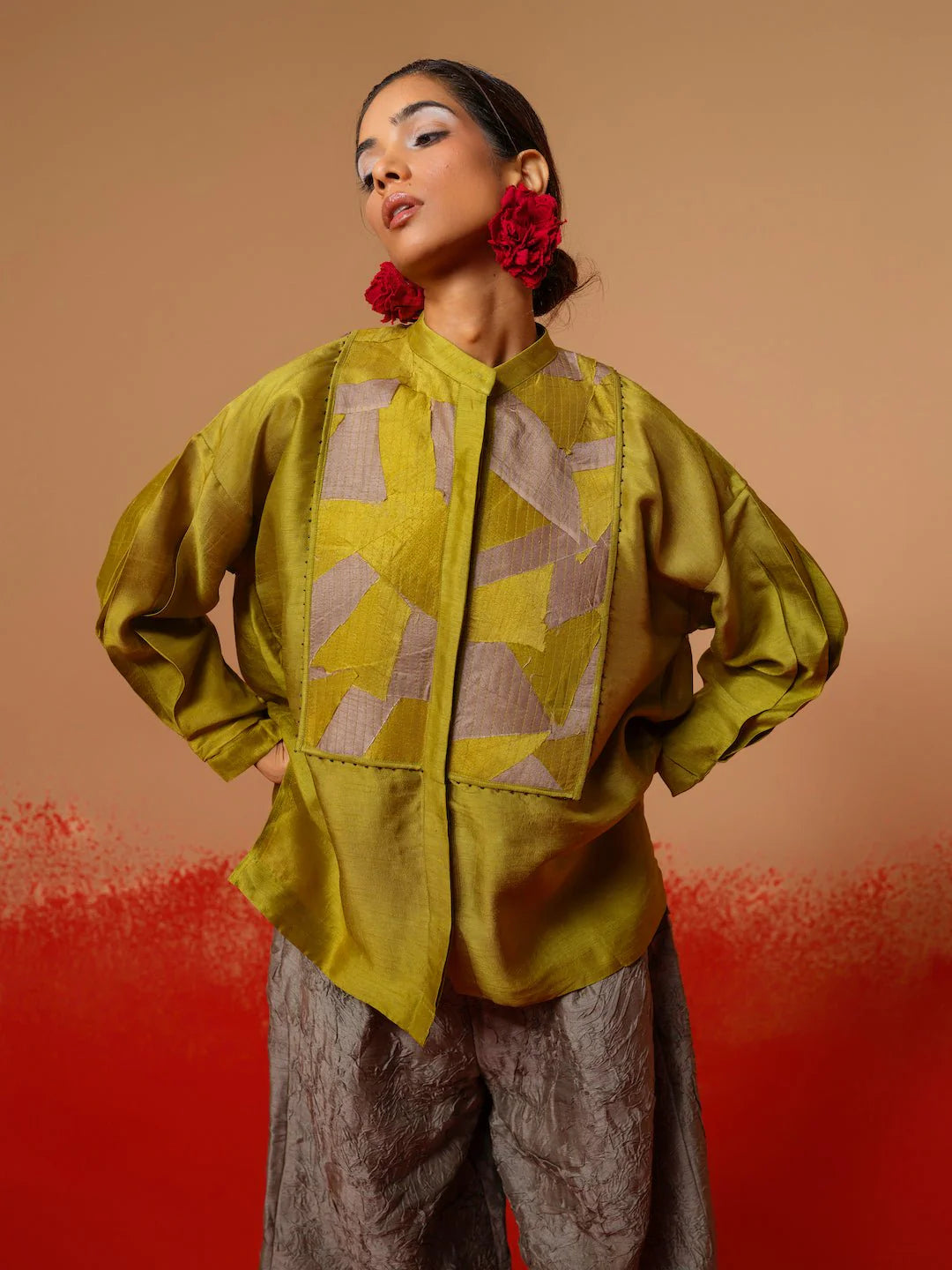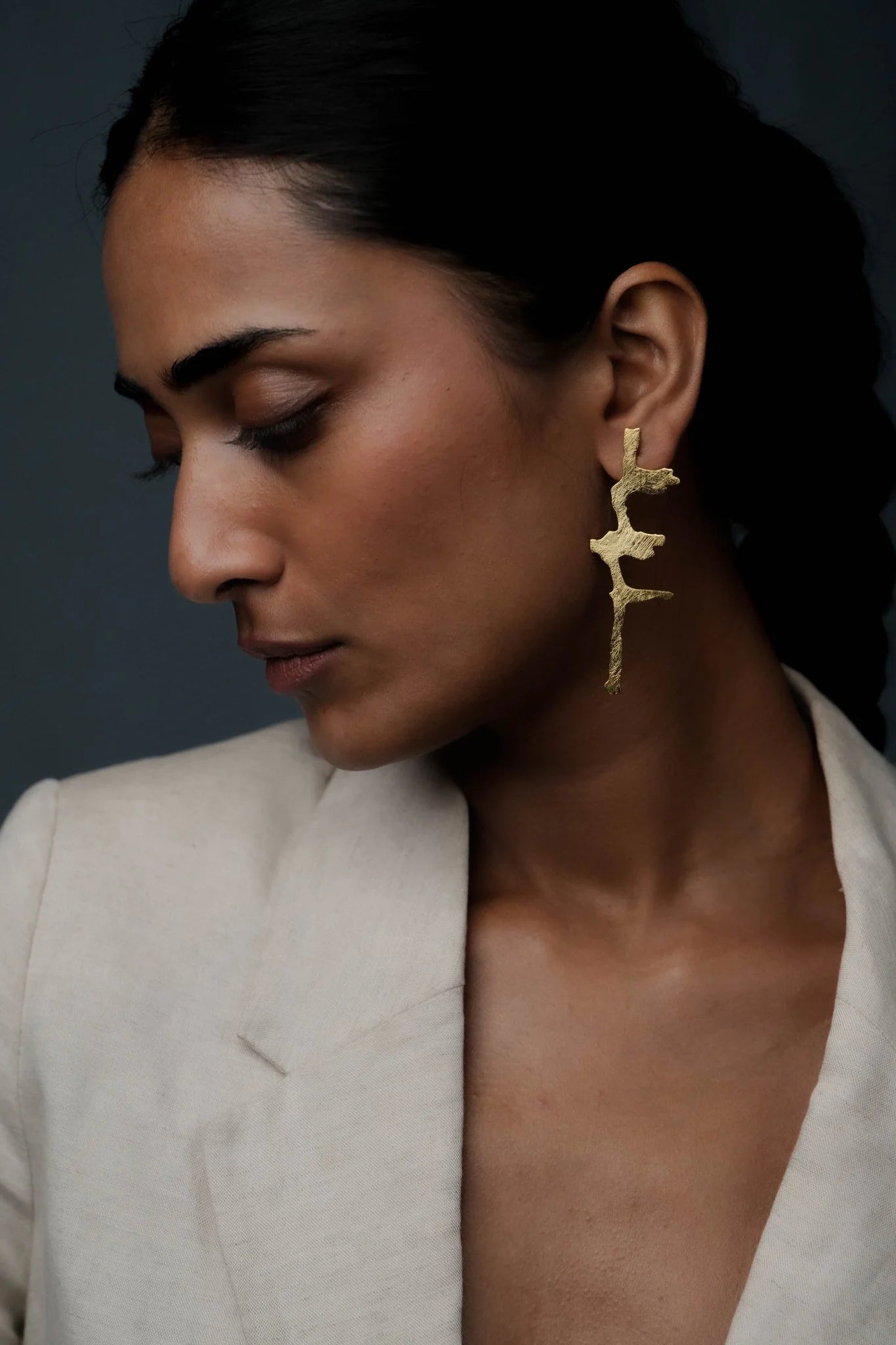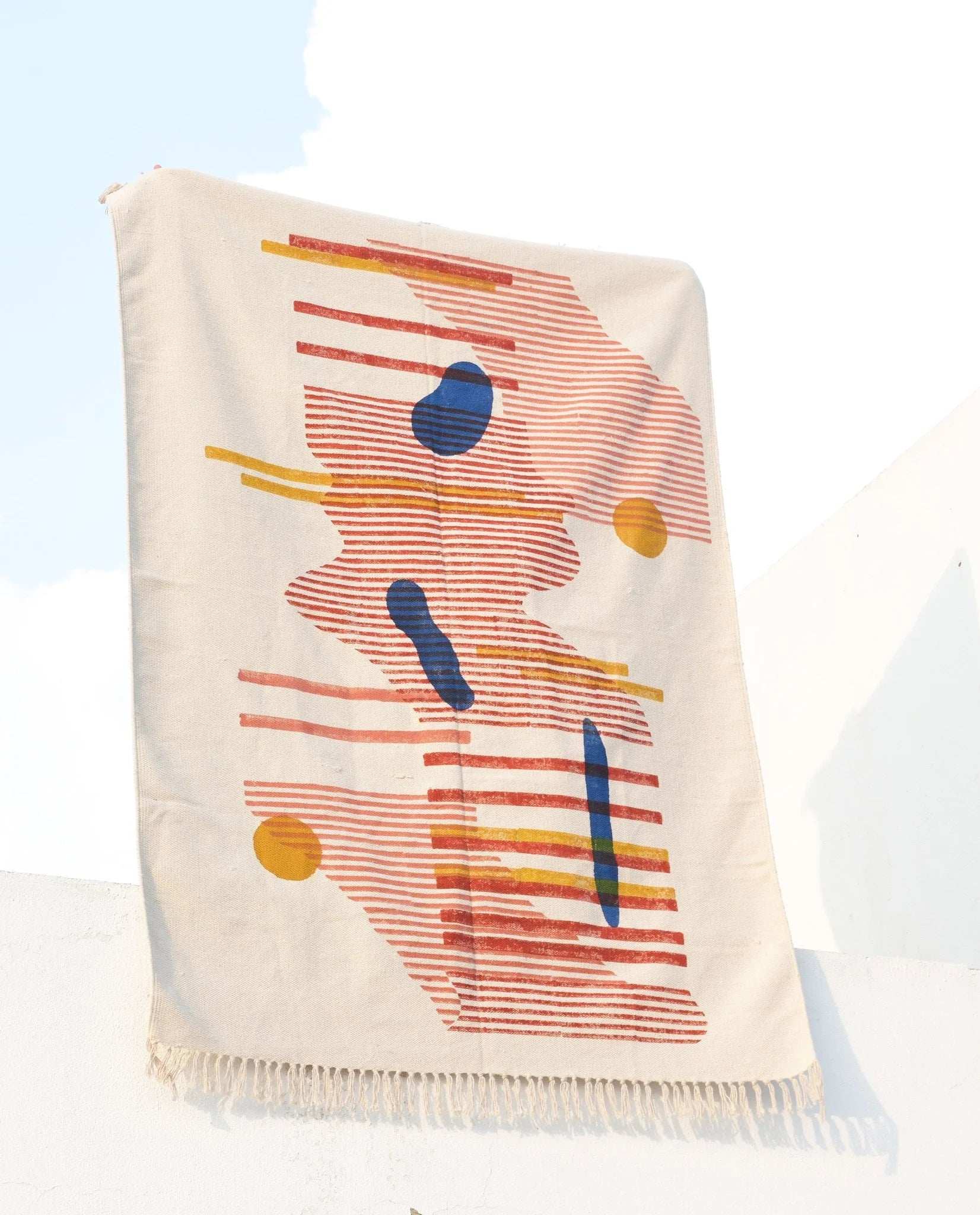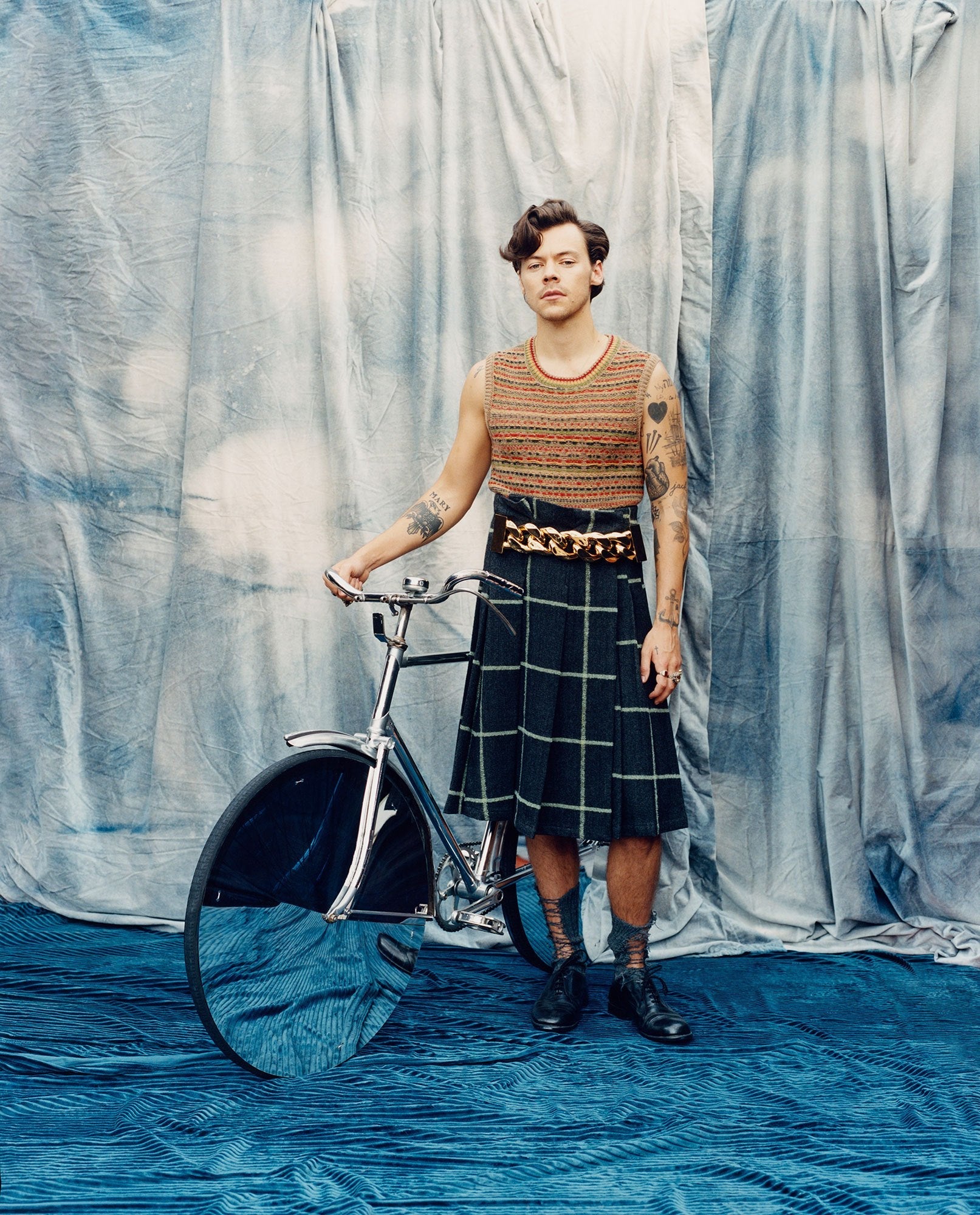“I am a man who likes to wear skirts. As long as I want, I will dress immediately without hesitation.”
– Actor Billy Porter
Remember how Harry Styles sparked debates across media platforms about masculinity and gender fluid fashion for getting himself photographed in a dress for a leading fashion magazine’s cover?


Fashion for ages has been known to play a significant role in all the social aspects of an individual’s life with changes brought in across the socioeconomic and political landscapes. In other words, fashion effects social status, trends and how clothes are perceived and accepted by the society. Considered a medium of expression in itself, fashion enables an individual to freely express themselves in terms of identity, talent and culture. When a woman chooses androgynous suits and masculine silhouettes, she is labelled with catch phrases like strong, boss lady, bold, so on and so forth. However, when a man decides to adorn a feminine silhouette such as the saree or a dress, the world, irrespective of their education, class and values question their very existence.
The social-construct breaking movement, which started off as a counteract to the stubborn gender stereotyping that was at its peak during the 1950s, has time and time again echoed an in-depth conversation about gender norms. When women decided to dress like men, they were labelled as ‘sour spinsters’. In 1966, it was Yves Saint Laurent who unveiled the breath-taking iconic Le Smoking suit that debuted at the fall/winter 1966-1967 event in Paris. The suit brought in the much-required waves of change in the fashion industry for being the first suit for women ever to be designed by a man and with numerous renditions through the years, it has made its way into our wardrobes and on the red carpets. Designer Pierre Cardin, in 1968, also fabricated up a democratic ‘Space Age’ of sleek, simple silhouettes, graphic patterns, and new, synthetic fabrics with no historical gender connotations. The designer has also famously been quoted as saying, “For me, it was especially important that my creations, regardless of gender, require the body to adapt.”
Over the years, fashion standards have been hugely influenced by pop-culture too. The late 60’s and early 70’s also saw the lines of gender blurred by the music industry. This may look like a case of singers making personal choices, but one cannot forget – this was a choice that millions of fans and followers across the globe followed, and from then on, androgynous fashion became widely adopted by celebrities and fans from all over the world. For instance, singer Jimi Hendrix’s iconic silk, peasant blouses and high heels, along with David Bowie’s outfits – Ziggy Stardust personality, a reflection of his sexual personality, were iconic.
More so, delving into India’s rich cultural and textile history, it’s been fascinating to reveal that our goddesses were bare-chested, and men and women both wore loincloths. The same was the instance with kurtas-pyjamas, dhotis, even the Mughal angarkhas. Up until the British invasion and imposed upon civility through donning trousers, Indian men actually wore genderless clothes in form of draped dhotis and sarees. We embraced gender fluid fashion way before it became a movement, we lost it thanks to colonization, and now the entire world is waking up to it again. The shift that we see today is a movement of the youth. It is about genderless fashion being worn for self-expression as opposed to being a part of one’s cultural identity.
In the recent years, androgynous and gender-fluid fashion has come back with a bang. Picking up in 2015, when Rad Hourani featured a unisex haute couture collection for New York Fashion Week Spring/Summer 2015, the raging fashion movement has once again become mainstream From Gucci’s collection at Milan Men’s Fashion Week Spring/Summer 2016 that showcased male models donning cat bows and traditionally feminine silhouettes to Billie Porter wearing a Christian Siriano ballgown at the 2019 Oscars, the gender fluidity displayed is profound once more.
In the past decade, fashion brands have increasingly produced gender-fluid collections to meet consumer demand. Opening up on how KiRu as a sustainable genderless streetwear clothing and lifestyle brand is blurring the gender lines, Krithika and Ruchika, Founder Designers and stylists, shared “Gender has no definition. It can mean different things to different people, depending on whom you ask. As designers and individuals’ part of this million-dollar industry, we feel that gender fluid clothing isn’t a type of outfit. It’s a state of mind. We strongly believe that there is no gender in fashion, we are not trying to be different or cater to a demographic, but this is part of our philosophy so when we decided to start KiRu it was something that was within us to be reflected in our brand that clothes/fashion has no gender. It’s one form of self-expression meeting another.”


The social-construct breaking movement, which started off as a counteract to the stubborn gender stereotyping that was at its peak during the 1950s, has time and time again echoed an in-depth conversation about gender norms. When women decided to dress like men, they were labelled as ‘sour spinsters’. In 1966, it was Yves Saint Laurent who unveiled the breath-taking iconic Le Smoking suit that debuted at the fall/winter 1966-1967 event in Paris. The suit brought in the much-required waves of change in the fashion industry for being the first suit for women ever to be designed by a man and with numerous renditions through the years, it has made its way into our wardrobes and on the red carpets. Designer Pierre Cardin, in 1968, also fabricated up a democratic ‘Space Age’ of sleek, simple silhouettes, graphic patterns, and new, synthetic fabrics with no historical gender connotations. The designer has also famously been quoted as saying, “For me, it was especially important that my creations, regardless of gender, require the body to adapt.”
Over the years, fashion standards have been hugely influenced by pop-culture too. The late 60’s and early 70’s also saw the lines of gender blurred by the music industry. This may look like a case of singers making personal choices, but one cannot forget – this was a choice that millions of fans and followers across the globe followed, and from then on, androgynous fashion became widely adopted by celebrities and fans from all over the world. For instance, singer Jimi Hendrix’s iconic silk, peasant blouses and high heels, along with David Bowie’s outfits – Ziggy Stardust personality, a reflection of his sexual personality, were iconic.
More so, delving into India’s rich cultural and textile history, it’s been fascinating to reveal that our goddesses were bare-chested, and men and women both wore loincloths. The same was the instance with kurtas-pyjamas, dhotis, even the Mughal angarkhas. Up until the British invasion and imposed upon civility through donning trousers, Indian men actually wore genderless clothes in form of draped dhotis and sarees. We embraced gender fluid fashion way before it became a movement, we lost it thanks to colonization, and now the entire world is waking up to it again. The shift that we see today is a movement of the youth. It is about genderless fashion being worn for self-expression as opposed to being a part of one’s cultural identity.
In the recent years, androgynous and gender-fluid fashion has come back with a bang. Picking up in 2015, when Rad Hourani featured a unisex haute couture collection for New York Fashion Week Spring/Summer 2015, the raging fashion movement has once again become mainstream From Gucci’s collection at Milan Men’s Fashion Week Spring/Summer 2016 that showcased male models donning cat bows and traditionally feminine silhouettes to Billie Porter wearing a Christian Siriano ballgown at the 2019 Oscars, the gender fluidity displayed is profound once more.
In the past decade, fashion brands have increasingly produced gender-fluid collections to meet consumer demand. Opening up on how KiRu as a sustainable genderless streetwear clothing and lifestyle brand is blurring the gender lines, Krithika and Ruchika, Founder Designers and stylists, shared “Gender has no definition. It can mean different things to different people, depending on whom you ask. As designers and individuals’ part of this million-dollar industry, we feel that gender fluid clothing isn’t a type of outfit. It’s a state of mind. We strongly believe that there is no gender in fashion, we are not trying to be different or cater to a demographic, but this is part of our philosophy so when we decided to start KiRu it was something that was within us to be reflected in our brand that clothes/fashion has no gender. It’s one form of self-expression meeting another.”




Despite being fluid and ambitious in nature, why does fashion industry still adhere to binary clothing?
Adding further insights on how the retail market is taking baby steps towards gender fluid fashion, Shivani, who co-founded Safary Bombay, an unconventional workwear clothing brand along with her brother Harsh, stated, “Safary Bombay is a gender fluid brand, since all our garments are designed to be functional, minimal and versatile. Our designers only focus on the occasion/function for which an individual would choose to wear our clothing, and how they can go about making him/her feel more comfortable, while simultaneously also making them look the part. When functionality is the primary focus behind designing a product, we believe, all gender biased notions are most naturally put to rest. Comfort, quality and style are all that we aim to provide our customers with, through our tailor made, formal Safary Suits and both men and women alike deserve it all, and nothing less.”
Adding further insights on how the retail market is taking baby steps towards gender fluid fashion, Shivani, who co-founded Safary Bombay, an unconventional workwear clothing brand along with her brother Harsh, stated, “Safary Bombay is a gender fluid brand, since all our garments are designed to be functional, minimal and versatile. Our designers only focus on the occasion/function for which an individual would choose to wear our clothing, and how they can go about making him/her feel more comfortable, while simultaneously also making them look the part. When functionality is the primary focus behind designing a product, we believe, all gender biased notions are most naturally put to rest. Comfort, quality and style are all that we aim to provide our customers with, through our tailor made, formal Safary Suits and both men and women alike deserve it all, and nothing less.”


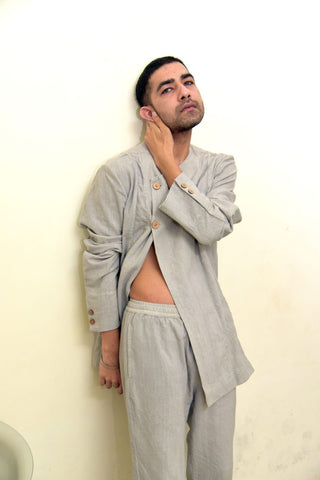

Having said that, it’s becoming a practice that designers and celebrities are trying to be the deal breakers and the fresh and existing industry players are making strides to be more inclusive, but how much progress has it really made?
Established retailers and brands still separate their stores and websites according to gender, and it’s for only two genders – men and women. And, the words “unisex” and “gender-neutral” are being used interchangeably to refer to genderless collections, but the collections usually lean toward one gender, which is the norm with most of them.
As the millennial generation begs for the non-binary language for every societal ethics, what is it that needs to be addressed for this change to take the centrestage?
Answering this very narrative, Krithika of KiRu opined, “We as consumers and creators need to understand that fashion is not something that should be categorized in terms of gender, but it is an individual’s / a brand’s choice to make, as both gender and fashion are an expression of oneself. Talking about the change to be seen in the industry, we believe the trickledown theory of luxury market could be the way forward for the idea to start reaching more people as that’s the easiest way for the idea to be accepted by the masses.”
While unisex fashion as a term in itself sounds old and gone, gender-fluid or genderless fashion is more of a carefree term that can be applied to clothing that embraces or rejects typical gender norms of design. Regardless of the specific definitions quoted and framed, both the terms are about welcoming a community of like-minded individuals with a focus on inclusivity. To embrace the practice fully, the retailers must reassess their merchandising strategies, designers must re-evaluate the true definitions of genderless collections and the fashion industry as a whole should learn the verbosity.
When the fashion world will go from “shop men” and “shop women” to just “shop”, that’s when we will see the real change!
Established retailers and brands still separate their stores and websites according to gender, and it’s for only two genders – men and women. And, the words “unisex” and “gender-neutral” are being used interchangeably to refer to genderless collections, but the collections usually lean toward one gender, which is the norm with most of them.
As the millennial generation begs for the non-binary language for every societal ethics, what is it that needs to be addressed for this change to take the centrestage?
Answering this very narrative, Krithika of KiRu opined, “We as consumers and creators need to understand that fashion is not something that should be categorized in terms of gender, but it is an individual’s / a brand’s choice to make, as both gender and fashion are an expression of oneself. Talking about the change to be seen in the industry, we believe the trickledown theory of luxury market could be the way forward for the idea to start reaching more people as that’s the easiest way for the idea to be accepted by the masses.”
While unisex fashion as a term in itself sounds old and gone, gender-fluid or genderless fashion is more of a carefree term that can be applied to clothing that embraces or rejects typical gender norms of design. Regardless of the specific definitions quoted and framed, both the terms are about welcoming a community of like-minded individuals with a focus on inclusivity. To embrace the practice fully, the retailers must reassess their merchandising strategies, designers must re-evaluate the true definitions of genderless collections and the fashion industry as a whole should learn the verbosity.
When the fashion world will go from “shop men” and “shop women” to just “shop”, that’s when we will see the real change!

